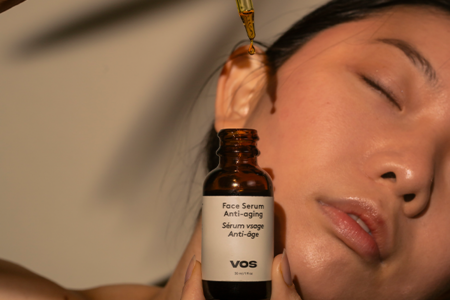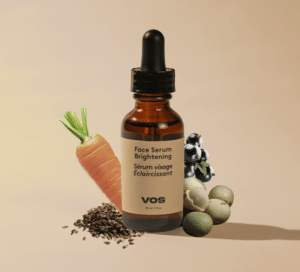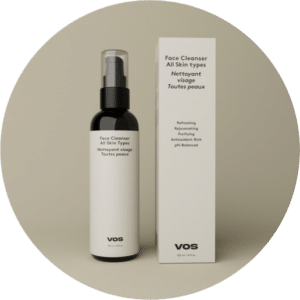When choosing oils for personal care, it’s important to understand the distinctions between massage oil and regular oil. Although both types of oil can offer skin benefits, their compositions and purposes are quite different. This article delves into these differences, highlighting what makes massage oil unique compared to regular oil.

What is Massage Oil?
Massage oil is specifically formulated to enhance the experience and effectiveness of massage therapy. It is designed to provide a smooth glide over the skin, reduce friction, and facilitate muscle relaxation. Massage oils typically contain a blend of carrier oils and essential oils, each serving a particular purpose.
Key Ingredients in Massage Oil
- Carrier Oils: These oils form the base of most massage oils and include options like sweet almond oil, jojoba oil, and grapeseed oil. Carrier oils are chosen for their moisturizing properties and ability to nourish the skin without leaving a greasy residue.
- Essential Oils: Added for their therapeutic benefits, essential oils like lavender, eucalyptus, or peppermint are included in massage oils. They provide various effects, such as relaxation, muscle relief, or invigorating sensations.
- Additives: Some massage oils include additional ingredients like vitamin E for its antioxidant properties, or herbal extracts for added therapeutic effects.
What is Regular Oil?
Regular oil, on the other hand, refers to oils used for general purposes, including cooking, skincare, and other household uses. These oils can be found in various forms, such as vegetable oil, olive oil, or coconut oil. Unlike massage oils, regular oils are not specifically formulated for massage and may lack the additional beneficial properties intended for therapeutic use.
Key Uses of Regular Oil
- Cooking: Many regular oils are primarily used for culinary purposes. Olive oil, canola oil, and vegetable oil are common choices for cooking due to their different flavor profiles and smoke points.
- Skin Care: Some regular oils, like coconut oil or olive oil, are used in skincare routines. They can moisturize and condition the skin but may not be as effective as massage oils for therapeutic purposes.
- Household Uses: Regular oils also serve various household functions, such as lubricating machinery or polishing furniture.
Comparing Massage Oil and Regular Oil
While both massage oil and regular oil have moisturizing properties, they differ significantly in their formulation and intended use. Here’s a closer look at the main differences:
Composition
- Massage Oil: Contains a combination of carrier oils and essential oils tailored to enhance the massage experience. The blend is designed to provide a smooth application and therapeutic benefits.
- Regular Oil: Typically contains single oils used for cooking or general purposes. These oils may not have the same blend of beneficial components designed for massage therapy.
Purpose
- Massage Oil: Specifically formulated to reduce friction during massage, enhance relaxation, and deliver therapeutic effects through essential oils.
- Regular Oil: Used for everyday tasks such as cooking or as a moisturizer in a skincare routine. It does not provide the same therapeutic benefits as massage oil.
Conclusion
Understanding the differences between massage oil and regular oil helps you choose the right product for your needs. Massage oil is crafted to enhance the massage experience and provide therapeutic benefits, while regular oil serves general purposes and basic skincare. By recognizing these distinctions, you can select the appropriate oil for each situation, ensuring you reap the full benefits of both types of oil.










